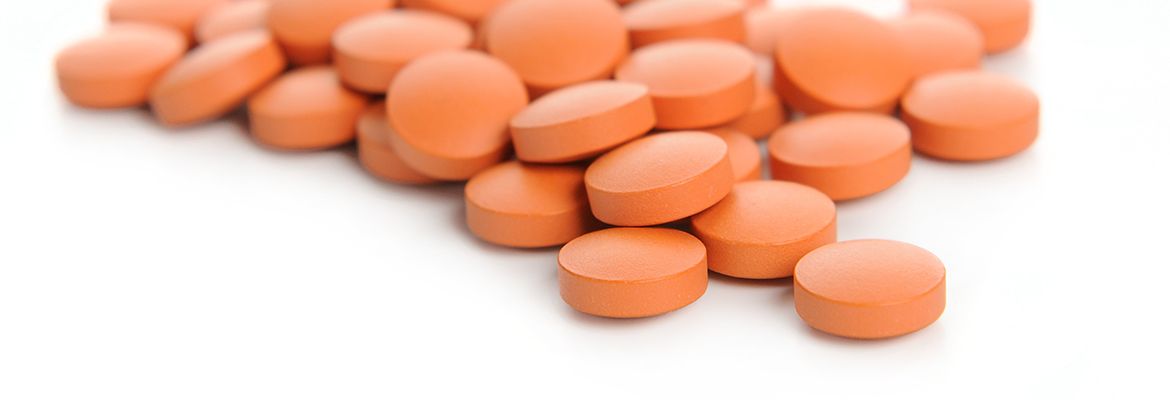Opioid Addiction

Addiction to opiates, opioids, and narcotics are at epidemic levels. Opiates cover a large amount of legal opiates. The most commonly prescribed legal ones for pain relief are:
- Fentanyl
- Morphine
- Oxycodone
- Hydrocodone
- Codeine
The most common illegal opiates are:
- Heroin
- Morphine
Heroin is a synthetic drug that is crafted from morphine; an opiate that is found in a variety of plant and commonly used for relief of severe pain. Since heroin is much more affordable that prescription opioids, many people turn to heroin to fill the void that prescription pain medication has left. This repression of prescription opioids has resulted in the opioid epidemic of today.
According to the National Institute on Drug Abuse, it is estimated that between 26.4 million and 36 million people abuse opioids worldwide,[1] with an estimated 2.1 million people in the United States suffering from substance use disorders related to prescription opioid pain relievers in 2012 and an estimated 467,000 addicted to heroin[2]. In other words, the opioid epidemic of today is causing devastating effects on these individuals and their families, and resources need to be available for those seeking to overcome this addiction.
Opiates vs. Opioids
So what is the difference between these two? The terms are commonly interchanged but they are two different classes of drug. Opiates refer to drugs that are naturally derived from the opium plant whereas opioids are modified and include synthetic and semi-synthetic drugs.
Opiate addiction is a massive problem in the United States, with overdoses as a result of them at all-time highs. Over-prescribing of opiates by doctors is a leading cause of the opiate addiction current day. Those who are hooked on opiates often don’t use them as prescribed, abusing them and essentially becoming addicted. Those who are dependent on opiates build up a certain level of tolerance to the drug which means they need more of the drug in order to maintain the same effect. This, in turn, becomes a vicious cycle of abuse.
Effects of Opiate Abuse
Opiate abuse has a large and negative impact on the brain and body of the user. Some of the more long-term effects of opiate abuse include:
- Lacking immune
- Respiratory depression
- Gastric issues
- Nausea when not using
- Withdrawing from personal relationships/work
Opiates are some of the most commonly abused drugs in the U.S. as they are prescribed with ease and are very addictive. There are different treatment approaches for those who are addicted to opiates that can help wean addicts off of the substance.
The three key choices for treatment of opiate addiction are detox, inpatient rehab, and outpatient therapy. All utilize different methods to help recover addicts.
Why Opiates so Addictive
Opiates are heavily addictive. This is a result of the drug artificially cultivating endorphins which bring on a feeling of absolute happiness. The issue why opiates are so addictive is that, over time, they fail to produce endorphins naturally, therefore relying on drugs to produce them in order for a person to feel ‘normal’.
When endorphins are no longer naturally produced by the brain on its own, the brain then beings to need opiates in order to produce endorphins. Since addicts will experience withdrawal symptoms when they aren’t on opiates, they continue to take them in order to mitigate withdrawal symptoms. When this becomes a daily habit, it also then becomes a dependency.
Some immediate withdrawal symptoms of opiates are:
- Anxiety
- Inability to sleep, insomnia
- Suicidal thoughts
- Lack of motivation
Opiates create a jaw-dropping 100 times more endorphins than the body would naturally produce on its own. In turn, this has extreme effects of the nerves of the brain, possibly causing irreversible damage.
It’s important that those who have a narcotic dependency seek help from WhiteSands Treatment today. Through tailored treatment programs, addicts can have the chance to regain their lives and lead on a more promising life path.
Resources
America’s Addiction to Opioids: Heroin and Prescription Drug Abuse